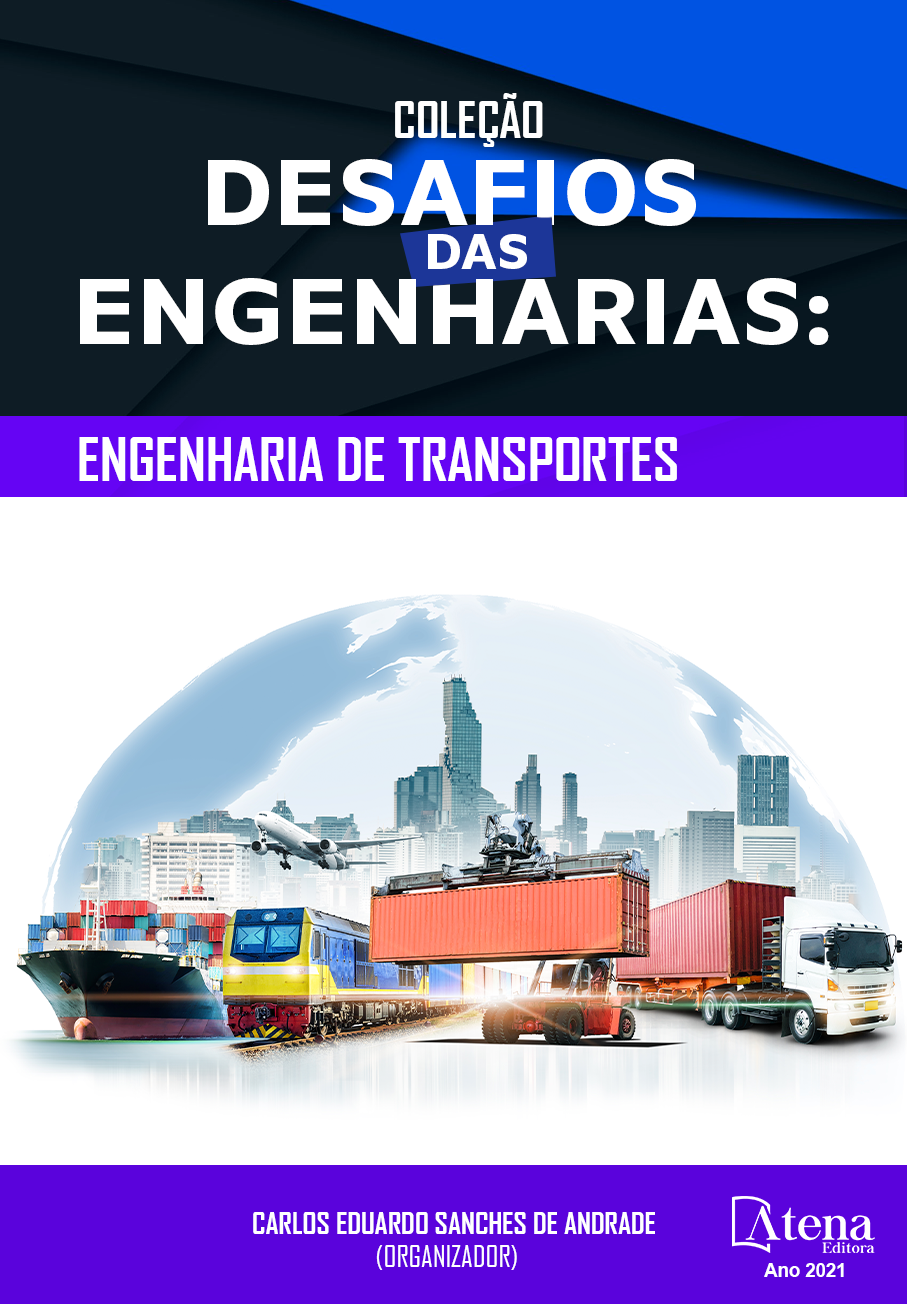
ESTIMATIVA DAS EMISSÕES DE GASES DE EFEITO ESTUFA DO SETOR DE TRANSPORTES NA CIDADE UNIVERSITÁRIA DA UFRJ
Este artigo tem como objetivos estimar as emissões de Gases de Efeito Estufa (GEE), no âmbito dos transportes, na Cidade Universitária da Universidade Federal do Rio de Janeiro, por meio do Protocolo Global para Inventários de GEE na Escala de Comunidade, e propor medidas para a redução dessas emissões a partir dos dados do inventário. Os resultados indicam que as emissões de GEE, relativas ao setor de transportes, totalizaram 2.006,09 tCO2Eq/ano, no ano de 2018, e 1.797,33 tCO2Eq/ano, no ano de 2019. Embora tenha havido uma diminuição de cerca de 10% das emissões de 2018 para 2019, acredita-se que seja necessário investir em medidas que busquem reduzir ainda mais essas emissões, tais como: maior incentivo à utilização do transporte ativo (transporte por bicicleta, por exemplo); eletrização da frota de ônibus interno; e utilização de um aditivo de combustível na frota de veículos leves.
ESTIMATIVA DAS EMISSÕES DE GASES DE EFEITO ESTUFA DO SETOR DE TRANSPORTES NA CIDADE UNIVERSITÁRIA DA UFRJ
-
DOI: https://doi.org/10.22533/at.ed.5522112071
-
Palavras-chave: Emissão de Gases de Efeito Estufa; Setor de Transportes;
-
Keywords: Greenhouse Gas Emissions; Transport Sector;
-
Abstract:
This paper aims to estimate Greenhouse Gases (GHG) emissions, in the transport scope, in the University City of the Federal University of Rio de Janeiro using the Global Protocol for Community-Scale Greenhouse Gas Emissions Inventories and propose measures to reduce these emissions from the inventory data. The results indicate that GHG emissions, relating to the transport sector, totaled 2,006.09 tCO2Eq/year, in 2018, and 1,797.33 tCO2Eq/year, in 2019. Although there was a decrease of about 10% in emissions from 2018 to 2019 it is believed that it is necessary to invest in measures that seek to further reduce these emissions, such as: greater incentive to use active transportation (bicycle transportation, for example); electrification of the internal bus fleet; and use of a fuel additive in the light vehicle fleet.
-
Número de páginas: 12
- Andrea Souza Santos
- Victor Hugo Souza de Abreu


